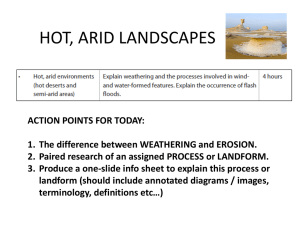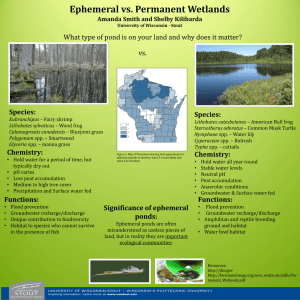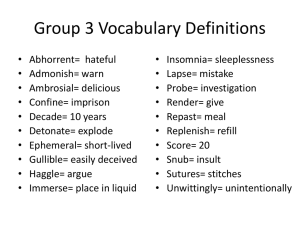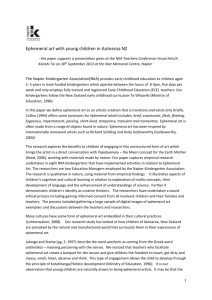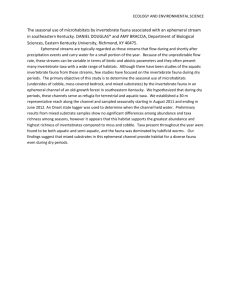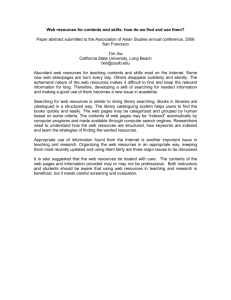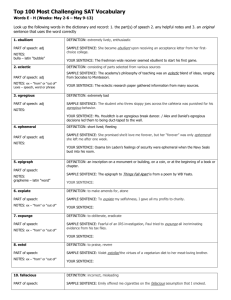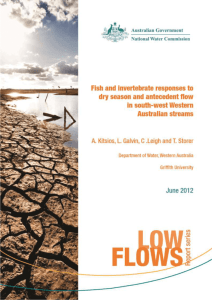biodiv15
advertisement
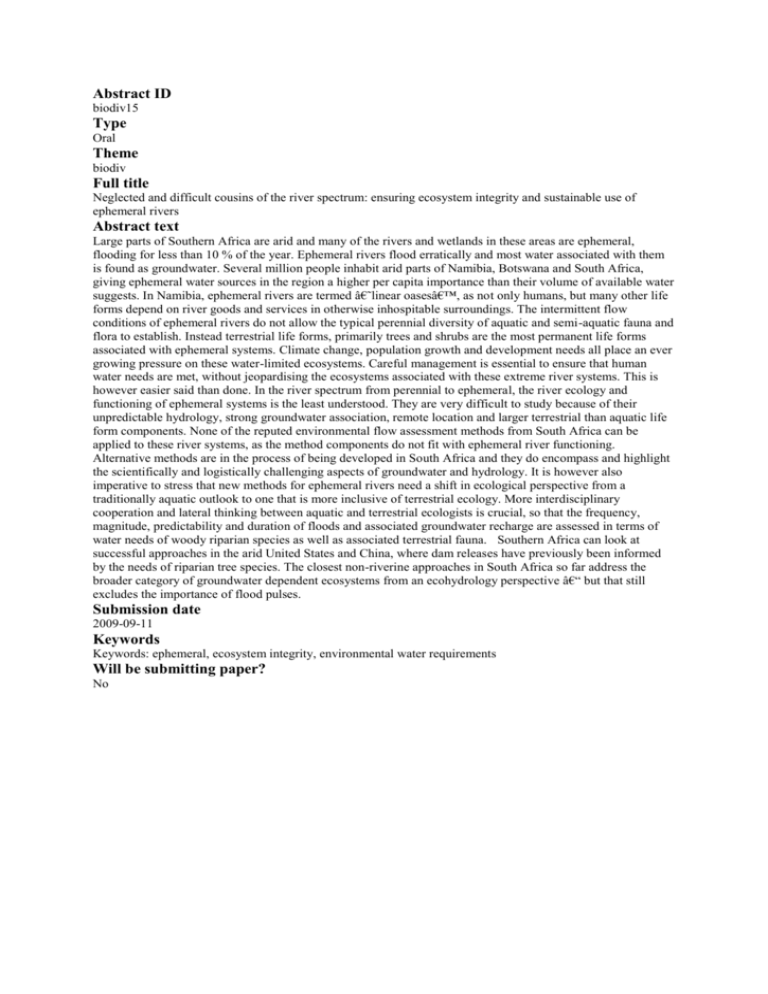
Abstract ID biodiv15 Type Oral Theme biodiv Full title Neglected and difficult cousins of the river spectrum: ensuring ecosystem integrity and sustainable use of ephemeral rivers Abstract text Large parts of Southern Africa are arid and many of the rivers and wetlands in these areas are ephemeral, flooding for less than 10 % of the year. Ephemeral rivers flood erratically and most water associated with them is found as groundwater. Several million people inhabit arid parts of Namibia, Botswana and South Africa, giving ephemeral water sources in the region a higher per capita importance than their volume of available water suggests. In Namibia, ephemeral rivers are termed ‘linear oases’, as not only humans, but many other life forms depend on river goods and services in otherwise inhospitable surroundings. The intermittent flow conditions of ephemeral rivers do not allow the typical perennial diversity of aquatic and semi-aquatic fauna and flora to establish. Instead terrestrial life forms, primarily trees and shrubs are the most permanent life forms associated with ephemeral systems. Climate change, population growth and development needs all place an ever growing pressure on these water-limited ecosystems. Careful management is essential to ensure that human water needs are met, without jeopardising the ecosystems associated with these extreme river systems. This is however easier said than done. In the river spectrum from perennial to ephemeral, the river ecology and functioning of ephemeral systems is the least understood. They are very difficult to study because of their unpredictable hydrology, strong groundwater association, remote location and larger terrestrial than aquatic life form components. None of the reputed environmental flow assessment methods from South Africa can be applied to these river systems, as the method components do not fit with ephemeral river functioning. Alternative methods are in the process of being developed in South Africa and they do encompass and highlight the scientifically and logistically challenging aspects of groundwater and hydrology. It is however also imperative to stress that new methods for ephemeral rivers need a shift in ecological perspective from a traditionally aquatic outlook to one that is more inclusive of terrestrial ecology. More interdisciplinary cooperation and lateral thinking between aquatic and terrestrial ecologists is crucial, so that the frequency, magnitude, predictability and duration of floods and associated groundwater recharge are assessed in terms of water needs of woody riparian species as well as associated terrestrial fauna. Southern Africa can look at successful approaches in the arid United States and China, where dam releases have previously been informed by the needs of riparian tree species. The closest non-riverine approaches in South Africa so far address the broader category of groundwater dependent ecosystems from an ecohydrology perspective – but that still excludes the importance of flood pulses. Submission date 2009-09-11 Keywords Keywords: ephemeral, ecosystem integrity, environmental water requirements Will be submitting paper? No
